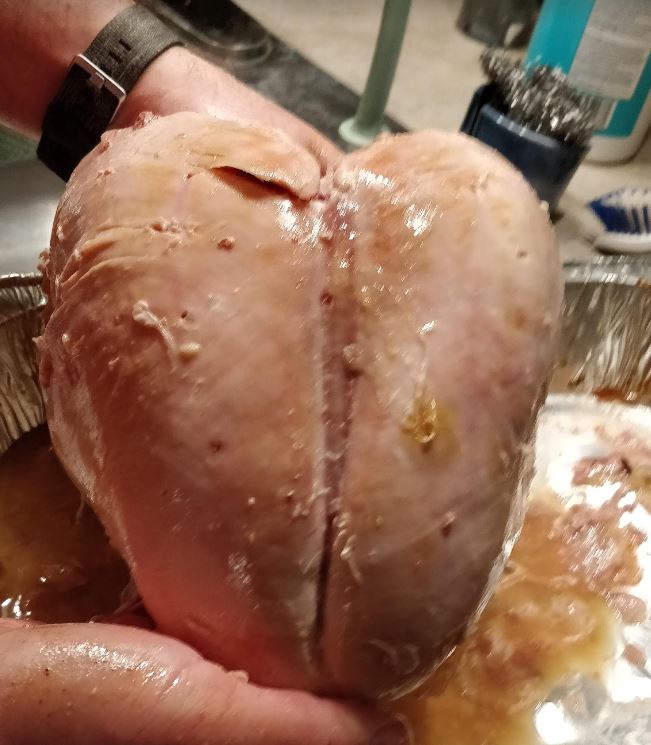
Someone needs to change that so it says " you could download a car"
deleted by creator
This is a parody. The original was “You Wouldn’t Steal a Car” and this version is a joke from the IT Crowd making fun of it.
Very neat stuff. That chair totally looks like it was designed by generative AI though.
Awesome. My dream of opening up a chain of niche drive through restaurants selling structurally dubious pieces of furniture in just minutes can finally come true.
Those legs look sharp.
Besides, the real question we should be asking is if it’s food safe?
And one of the back supports looks as thin as a pencil.
They probably didn’t dry their filament.
I don’t understand exactly what is novel about it. Maybe this is just another round of MIT PR doing it thing. Remember media publishing that MIT developed solar cells that also create energy during the night? Yeah. µW as they used heat stored during the day …
Back on topic: Those machines are already in production environments. Most of them opt to use metal wire and laser (some an electrical arc similar to welding) instead of a molten material but they are more or less identical. If you go back a decade you will find people in the RepRap forum experimenting with solder wire as filament for FDM. To completely blow your mind: there are commercial printers available that do extrude liquid glass.
All metal is liquid under the right circumstances.
So explain how this is better than sand casting? Which doesn’t need glass particles and can provide much better surface finish?
With sand casting you still need a mold to form the sand. These molds aren’t easy to make, especially quickly. With this 3d printer, you can go from design to finished product long before the mold is constructed.
There are also things that can be 3d printed that can’t be easily cast, like things with oddly-shaped holes, and hollow objects.
This is the same as asking why 3d print something when injection molding exists.
In terms of speed, you’re totally right. That said, thete are tons of methods of turning a plastic 3D printed part into a metal part via sand casting that you can do at home. With enough money, evidently you can skip the plastic stage completely: https://www.exone.com/en-US/parts-and-services/sand
Its not better probably, but I would rather have printed one because its more cool lol Seriously, casting have its own geometry limits compared to printing.
Well, I watched a video after writing that, so my post is bit stupid. It probably doesnt apply for single layer shapes like ones shown on the video, but it looks faster than sand casting. Adding Z axis would make it more powerfull tho
Interesting. At first I missed the video. They “inject” the alumninium into the sand by pushing the nozzle in. A pretty neat idea really.
Presumably it’s going to be patented though, so it won’t benefit many people for the next 20 years.








